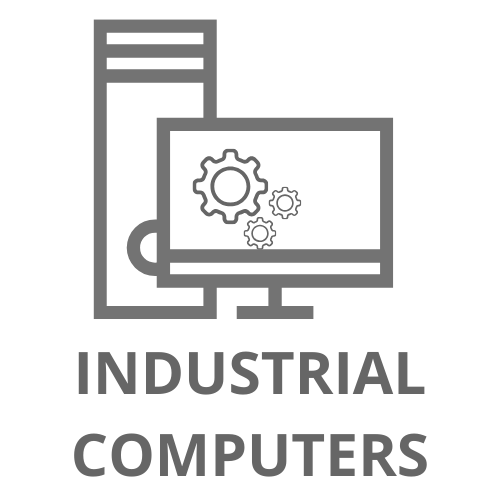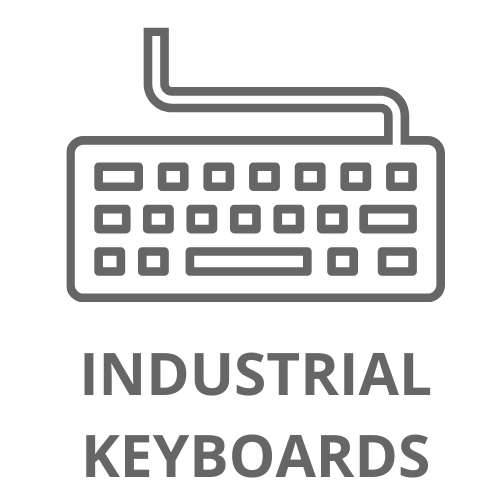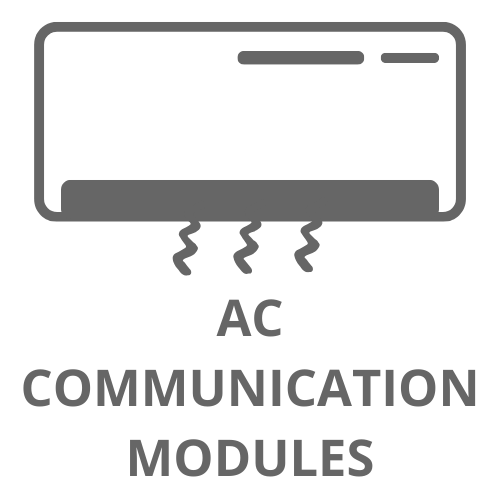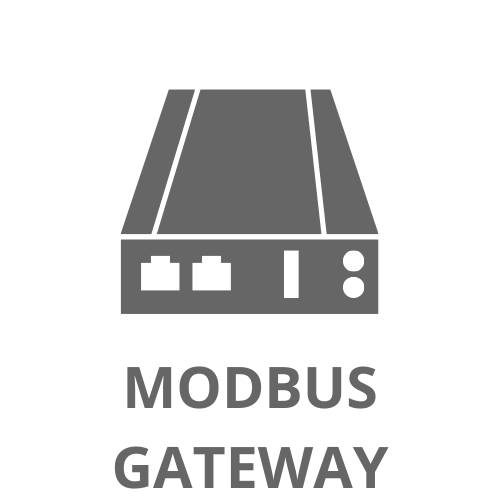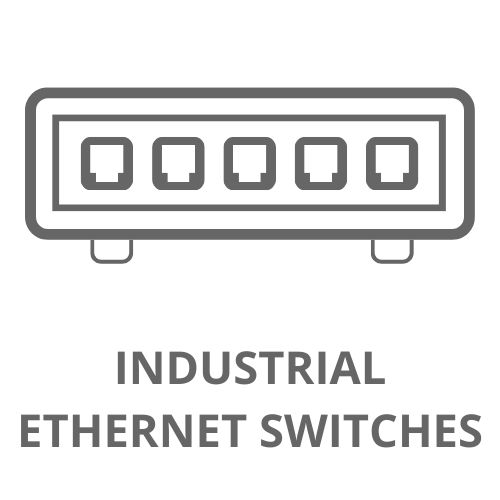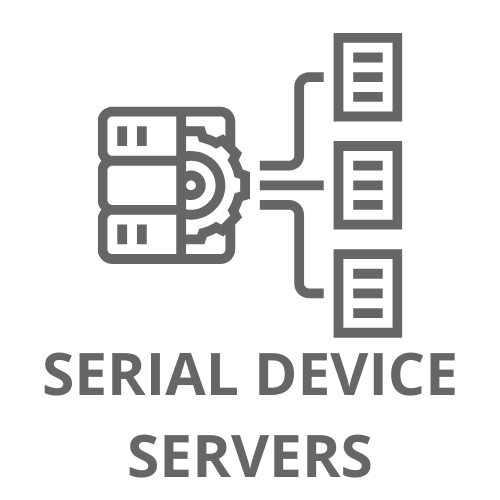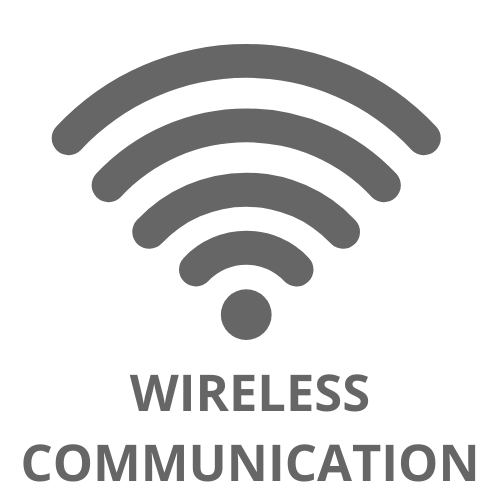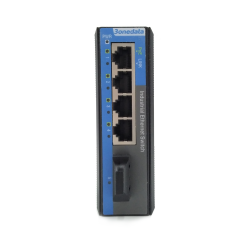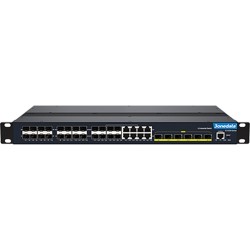
In today's world, where urbanization and transportation networks are constantly evolving, effective traffic management is crucial to ensure safety, efficiency and sustainability on the roads. Intelligent Transportation Systems (ITS) has proven to be a breakthrough, using advanced technologies to monitor, analyze and control traffic flow in real time. Let's take a look at what an ITS traffic management system encompasses, its components and its key role in shaping the future of transportation infrastructure.
What is an ITS traffic management system?
The Intelligent Transportation System (ITS) traffic management system integrates myriad technologies and methodologies to optimize traffic flow, enhance safety and improve overall transportation efficiency. It includes a wide range of components and functionalities designed to monitor, analyze and manage real-time traffic conditions on road networks, highways and urban corridors.
What does an ITS traffic management system consist of?
Traffic Surveillance Cameras: Placed strategically along the roadway, traffic monitoring cameras typically connected to industrial PoE switches capture real-time video footage of roadway conditions. These cameras provide valuable data for monitoring congestion, detecting incidents and assessing traffic flow patterns.
Motion Sensors and Detectors: Using various technologies such as inductive loops, radar and infrared sensors, the motion sensors collect data on vehicle speed, volume, occupancy and classification. This data enables accurate traffic monitoring and analysis, facilitating a dynamic traffic management strategy.
Variable Message Signs (VMS):Variable Message Signs are electronic displays placed along roadways to provide drivers with real-time traffic information. VMS display messages about road conditions, road closures, detours and travel announcements, enabling drivers to make informed decisions and adjust routes accordingly.
Systems for Traffic Signal Control: ITS traffic management systems use adaptive traffic signal control systems to optimize traffic signal timing based on real-time traffic conditions. These systems adjust the phasing and synchronization of signals to minimize delays, reduce congestion and improve traffic flow at intersections. Such a system can operate in a ring topology and use, for example, an industrial Ethernet switch IES615-2F-2DI(RS-485) as shown in the following graphic:

Road gates and barriers:Road gates and barriers are installed at toll plazas such as toll highways, restricted access zones and high-security areas to control vehicle access and regulate traffic flow. These automated barriers can be controlled remotely and integrated with ITS systems for seamless operation and monitoring. Systems of this type can use managed switches such as one such as the ICS5530-16GS8GC6XS.
Incident detection and management systems: Advanced incident detection systems use data from motion sensors, surveillance cameras and other sources to identify accidents, failures and other incidents in real time. Automated alerts and notifications enable rapid response and mitigation of traffic disruptions.
Benefits of ITS traffic management systems
Improved traffic flow: By providing real-time traffic information and implementing adaptive control strategies, ITS traffic management systems optimize traffic flow, reduce congestion and minimize travel time for drivers.
Better safety: Rapid incident detection, automatic emergency response and effective traffic management contribute to improved road safety, reducing the likelihood of accidents and facilitating access for emergency vehicles.
Environmental sustainability: By reducing traffic congestion and minimizing vehicle downtime, ITS traffic management systems contribute to reducing emissions and improving air quality, supporting environmental sustainability goals.
Efficient resource allocation: Data-driven decision-making and proactive management of road operations enable efficient allocation of resources, such as personnel, equipment and infrastructure investment, maximizing the efficiency of transportation networks.
Improved user experience: Real-time traffic information, dynamic route guidance and timely alerts provide drivers with the information they need to make informed decisions and navigate roads more efficiently, improving the overall user experience.
Use of ITS traffic management systems
ITS traffic management systems are used in various transportation environments, including:
- Urban road networks
- Highways and expressways
- Toll roads and bridges
- Parking
- Public transportation spaces
- Special events and construction and road repair zones
ITS traffic management systems represent a paradigm shift in the way transportation networks are monitored, analyzed and managed. Using advanced technologies and data-driven strategies, these systems play a key role in enhancing traffic safety, efficiency and sustainability, shaping the future of transportation into infrastructure for future generations.


